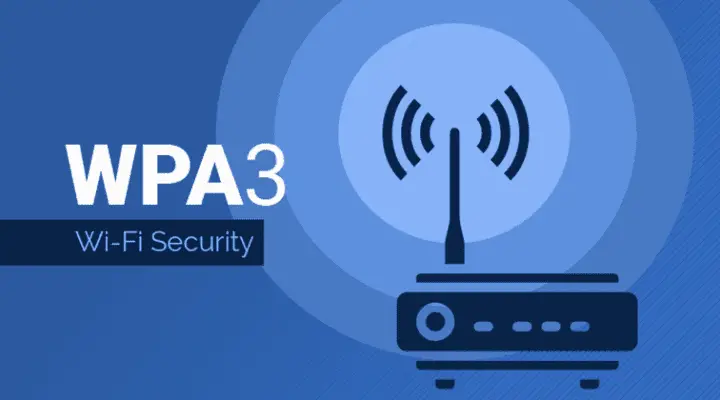Wi-Fi Alliance starts to certify products that support the WPA3 protocol

As the most commonly used second-generation WPA2 encryption protocol, it has been over a dozen years ago. In the mobile era where cybersecurity has become increasingly important, this technology, which began in 2004, has long been out of place. The good news is that the Wi-Fi Alliance, which oversees wireless networking standards, has officially begun certifying products that support the third generation of protected wireless connection WPA3 encryption protocols.
It is reported that the new agreement provides some additional protection for Wi-Fi-connected devices. One major improvement is that hackers will be more difficult to crack passwords through repeated guesses. In addition, even if the password was cracked by a hacker, other people than the user could not see the true nature of the data.
Of course, the WPA3 agreement will not immediately enter the public view. After all, the inventory stock currently on the market is still large, it takes many years to complete the replacement of the old and new, but also have to take care of the compatibility of old equipment.

To get a complete WPA3 security experience, you also need the support of both parties. In other words, in addition to purchasing new routers that support WPA3, the client device must also support the WPA3 protocol.
To sum up, for a long time, WPA3 still needs to maintain backward compatibility with WPA2. Another important addition highlighted by the Wi-Fi Alliance is the forward encryption supported by WPA3. This is a privacy feature that prevents older data from being destroyed by later attacks.
If the attacker captures the encrypted Wi-Fi transmission and then breaks the password, they still cannot read the old data, but only see the new information that is currently flowing through the network.
The Wi-Fi Alliance expects that supported WPA3 products will be launched starting next year. Although no new products are currently mandated to support WPA3, the next-generation Wi-Fi itself (8002.1ax) will also be deployed in large scale by the end of 2019. With the availability of these devices, the Wi-Fi Alliance expects the pace of adoption of WPA3 to accelerate even further, ultimately making support for WPA3 a hard requirement at the right time.
Finally, in addition to beginning to receive WPA3 device certification, the Wi-Fi Alliance also announced an optional feature called Easy Connect. It aims to simplify the connection process between smart home devices and routers, users can scan two-dimensional (QR) codes through mobile phones, and then send Wi-Fi login credentials to new devices. Although this sounds great, it’s hard to guess what it’s promoting. After all, this needs multiple support to really make a difference.
There are many companies that have announced support for WPA3, including Qualcomm, which has already started production of mobile phone/tablet chips that support 802.11ax and WPA3.
Source: TheVerge





